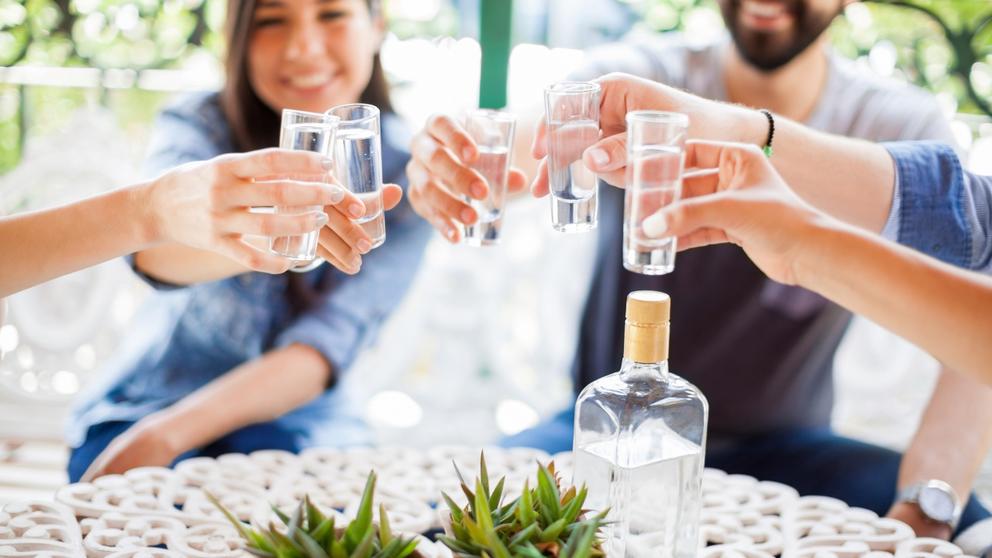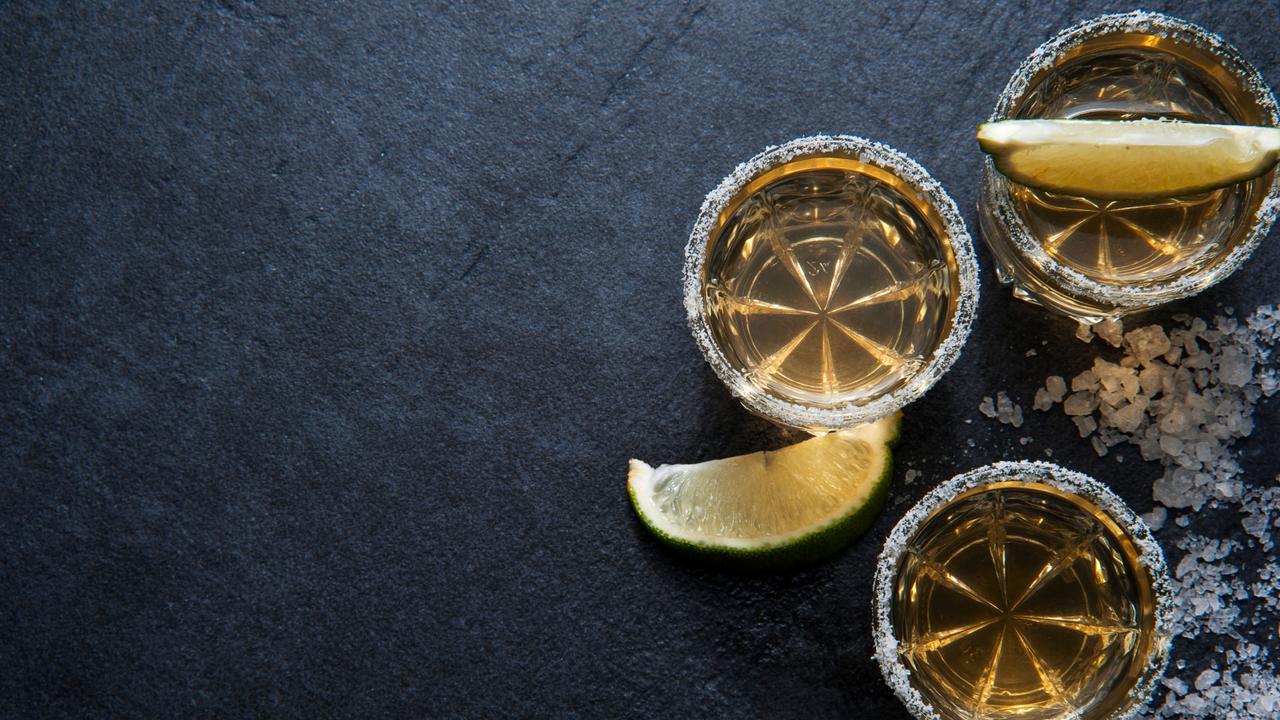People who only drink tequila as straight shots with salt and a lime wedge or in the occasional cocktail are really overlooking the huge potential of this complex and flavoursome spirit. There are many different types of tequila produced in the authorised regions of Mexico, each one with a unique profile that varies depending on how much the tequila has aged and even how it is aged. In this guide, we’ll show you how to develop a taste for, and how to identify the different types of tequila just as you might for whisky or wine. Yes, there is such a thing as a gourmet tequila and we will help you develop an appreciation of them through professional tequila tasting methods.
Our Tequila Tasting Guide
The art of tasting tequila includes five vital steps. If you’ve ever tasted wine or whisky professionally, you may already be familiar with the steps listed below.
Step 1: The Glass
The glass used to enjoy tequila matters, we recommend a glass made by a manufacturer (known usually for producing wine glasses) called Riedel, created a special glass just for tequila tasting called, Riedel Ouverture. In general, these are quite hard to come across in shops or bars. Tequila experts will recommend drinking your tequila from a brandy glass as these are commonly available; this applies especially if you’re enjoying a vintage añejo tequila or a reposado, to get the best of the flavour and aroma. A brandy glass allows the aroma to circulate and aerate in the glass, whetting your appetite and providing you with a rounded experience of the tequila. Some say that a brandy glass gives aged tequilas a sweeter flavour and an enhanced experience of the tasting notes. Alternatively, some tequila tasters will opt for a red wine glass for a similar effect.
Step 2: The Colour / Type

The second step in the tequila tasting process is understanding which type you have and what to expect from it. The first type is the blanco, called silver or white tequila on English labels. This is unaged tequila and is clear, much like vodka or gin. Gold tequila is a little trickier. It is not aged, but is usually a blend of blanco and añejo, sometimes with added colouring. This will have a yellow caramel hue but is not to be mistaken for the more golden colouring of the aged types or bronze of the newer ultra-aged tequilas.
Step 3: Nose
Rather like whisky and other spirits, each tequila has a range of scents. This varies depending on the type of tequila (blanco, reposado, añejo), and where the blue agave was grown. Swirl the glass so that your tequila coats the inside to release the aromas. Then, place your nose above the rim and inhale, paying attention to the main scent while looking for the more subtle notes that hint at the type of tequila you are drinking. The alcohol rises quickly so this will be the first scent that you identify, which is why swirling the glass to release the full range of aromas is so important.
Step 4: Note the Differences
You will notice several differences between each type of tequila. The most noticeable variations are colour and scent, but these are not the only differences. Aged tequila will seem slightly thicker than a blanco tequila. You may see legs inside the glass of higher quality beverages. They call this lagrimas de la agave or the agave’s tears and it’s the tequila’s essential oils that leave a trail on the inside of the glass. A good tequila will have long legs that do not dissipate easily or quickly.
Step 5: Taste
Finally, the most important step in the tequila tasting guide is the actual tasting. You’ll need your tequila tasting wheel or tasting notes handy here. You might be surprised just how much variation there is to tequila flavours. To appreciate the full range, first take a tiny sip and hold the tequila in your mouth. Move the fluid over your tongue – both the front and the back, to enjoy the full range. If you can, breathe in a small amount of air to harness the scents as well as the flavours. Exhale through your nose. Finally, swallow the tequila or spit it out for the next type. Use water to cleanse the pallet before moving on to the next one.
Sound Like an Expert
For this, you’ll need a tequila tasting wheel; it would be impossible to remember all the unique flavours that each tequila could contain. You will find that some are nutty while others have a hint of liquorice, or wood. Each of these broad flavours have a range of long notes and under notes. For example, for those that could be classed as having a fruity flavour, determine whether the under note is citrus, berry, tropical fruit or dried fruit. Each of these has a unique characteristic that may come out stronger than others. Even within a tropical fruit range, you might find it falls more towards melon (a delicate flavour) or banana (a stronger flavour) on the tequila tasting wheel.
Don’t be put off by tequilas described as having a chemical taste. This is not a negative comment, especially if you’re looking for the right tequila to use as a mixer. Blanco tequilas may simply have an ethanol taste – while you may not want to drink these types of tequila neat, this generic alcohol flavour works well in cocktails without detracting from the flavour of the cocktail’s other ingredients. Understanding the merits of these tequilas can help you make the right choice in choosing a tequila for your taste buds from the tasting wheel.
You may find that añejo tequilas will tend to have woody flavours. This is due to the wooden barrels in which they are stored for aging. Flavours can be anything from a hint of coffee through to vanilla with hints of pine, oak, or cedar. Smoky flavours are also likely for the ultra-aged tequilas too.

